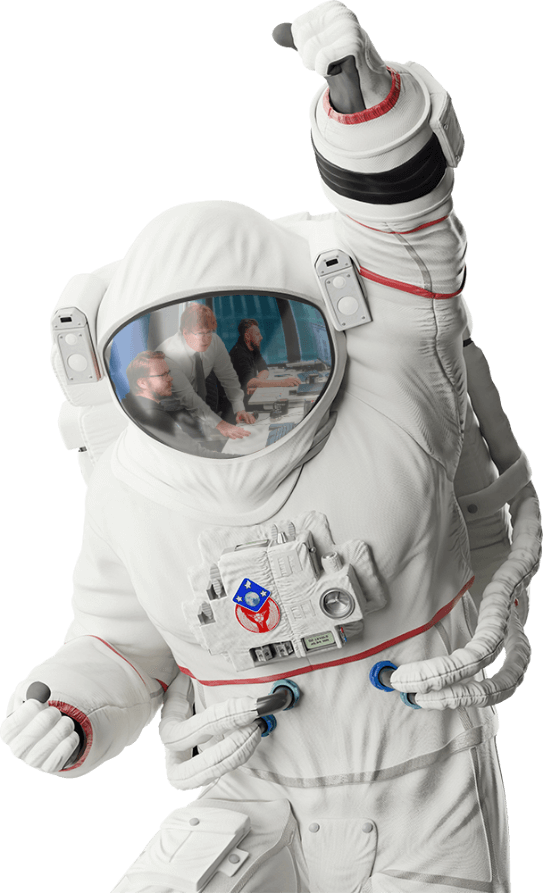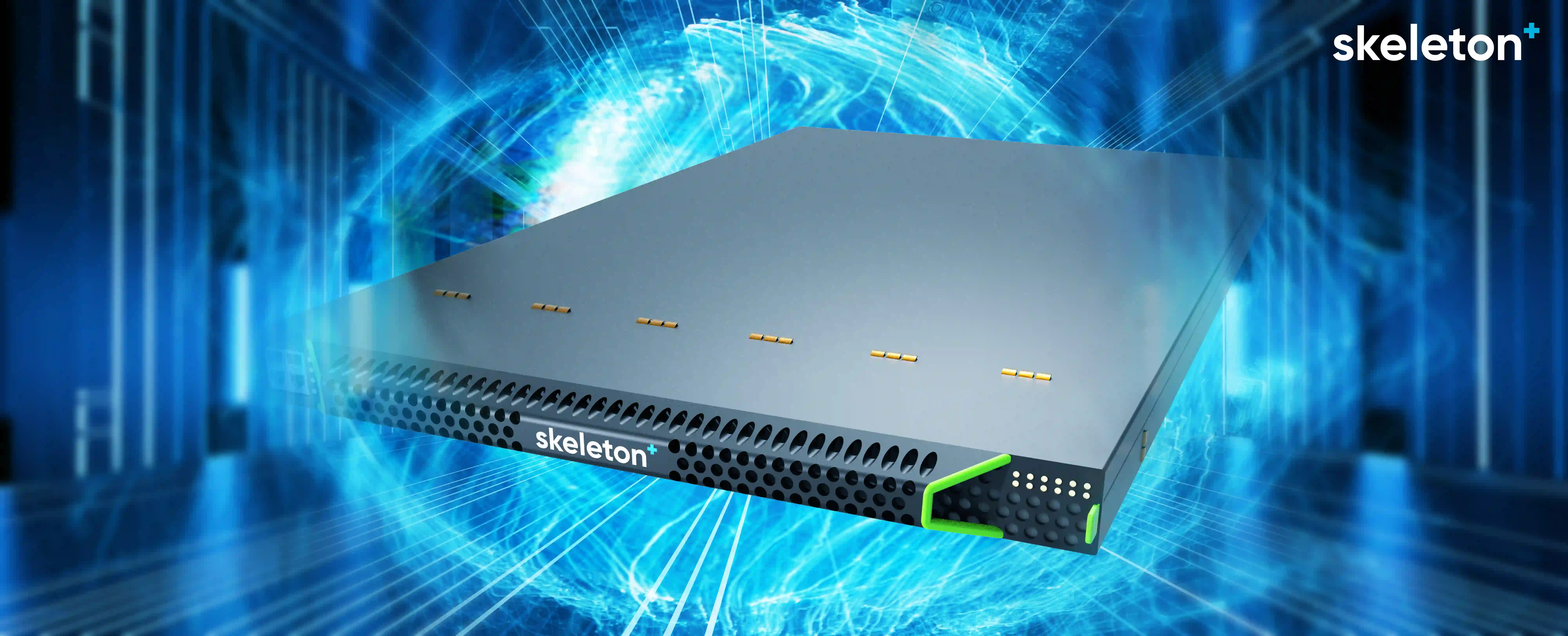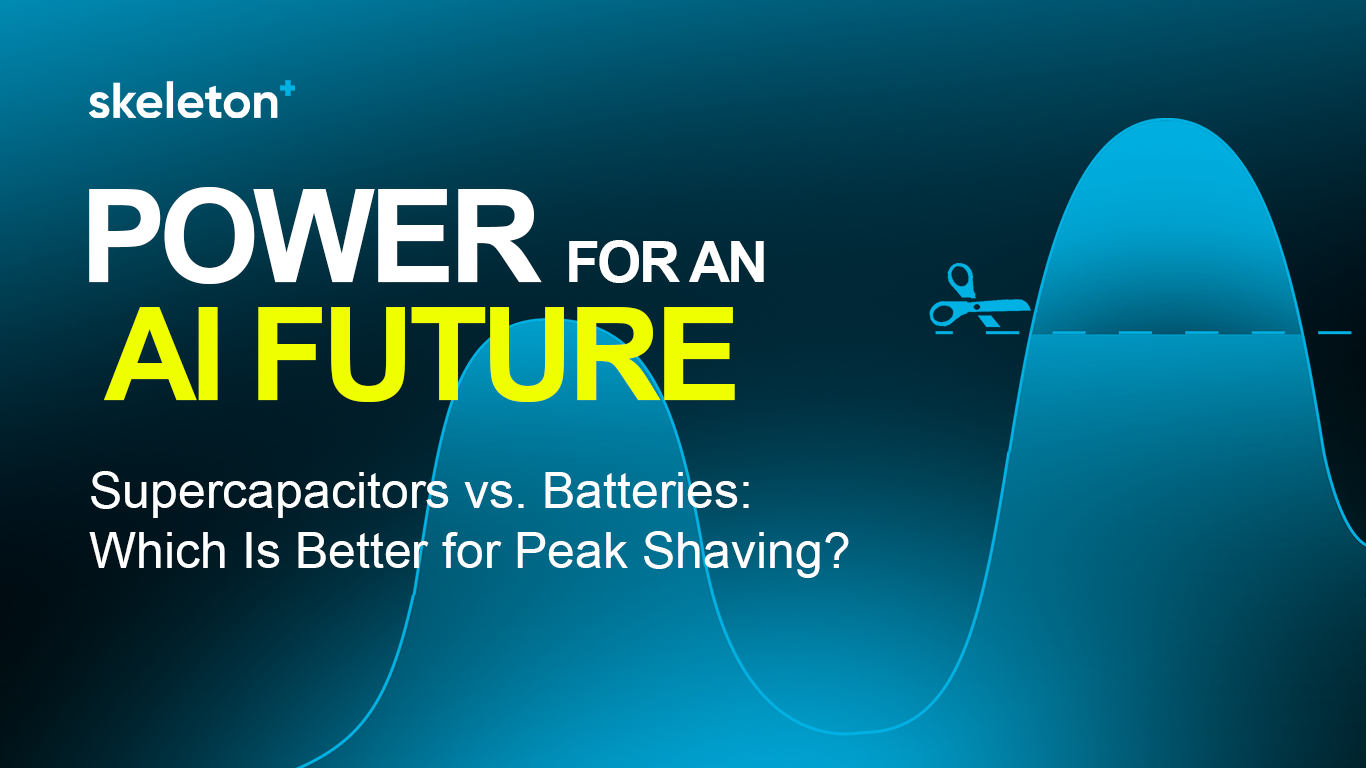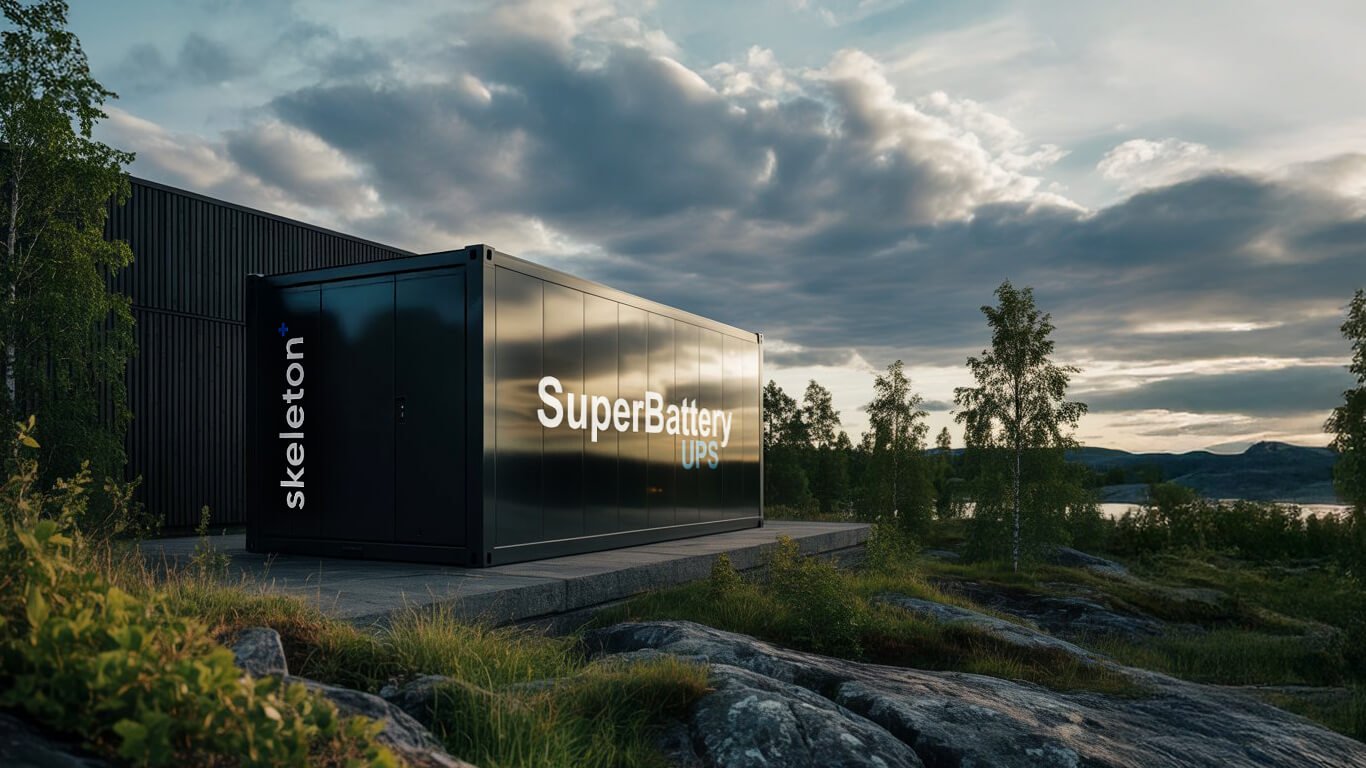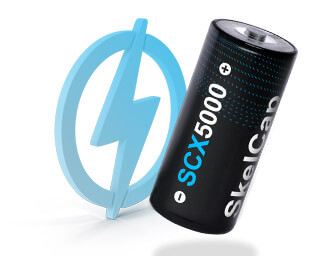
Dr Mario Rapisarda, Electrode Technology Engineer: we're right to tackle developing sustainable energy storage devices from different perspectives

Dr Mario Rapisarda joined Skeleton in November 2021 after concluding his doctoral studies. Now he's bridging academia and industry
Why did you choose to join Skeleton?
After my PhD studies, I really wanted to stay in the field of energy storage research, although switching from academia to industry. I worked for three years on graphene and supercapacitors. The name “Skeleton” appeared daily in my research and on my newsfeed. Simply put, applying for a job at Skeleton was the most natural thing to do.
What does your work in the Cell Development team as the Electrode Technology Engineer entail?
I’m contributing to the development of electrode materials and electrode manufacturing processes for all our product generations. Among the various responsibilities, it is very exciting to drive the transition of our technology from the lab to pilot scale, and finally to production. As we are in the crucial phase of building a new automated factory near Leipzig, I also collaborate with our scale-up team. I am actively involved in electrode equipment sourcing, pursuing the highest quality and efficiency for the electrodes that will energize the cells of our current and future generations.
What do you like about working here?
The people. Since day 0, I found Skeleton exceptional for the bright minds around me, both in terms of professional capabilities as well as on a more personal level. I was immediately welcomed and fully integrated by colleagues, regardless of their team, position, or location.
Another interesting aspect of Skeleton is the synergy between the Estonian and German working cultures: the pursuit of innovation of the first together with the pragmatism and technological advances in manufacturing of the second. Skeleton is a very international company, so there is the added contribution of even more cultures. That makes it possible to find innovative and unconventional approaches to solve daily issues. Let's be honest: not every day at work is filled with joyous success. Naturally, we have hard days, some rougher than others. But at that moment our combined culture really stands out and allows us to overcome the challenges, one by one, day by day.
What brought you to supercapacitors in the first place?
I did both my bachelor’s as well as my master’s degree in Chemical Engineering in my hometown at the University of Catania. Right after my master’s studies, I did an Erasmus traineeship at the University of Bath, where I worked as a research assistant. The research group I was assigned to was just starting a project involving the study and development of graphene-based materials for supercapacitors.
By that time, I was already very interested in energy storage devices. In terms of possible applications, I found it very interesting that a technology with such high flexibility was not very well known, excluding some niche markets. With the need to boost energy efficiency in all electrical applications that “niche” market was clearly going to expand quickly.
I realized that there was something changing in terms of materials: the synthesis and processing of graphene was finally reaching the right maturity to perfectly match with the supercapacitor world. Honestly, at the time I had no idea of what was already happening somewhere between Estonia and Germany.
Are there widespread myths or misconceptions about electrification?
I would say that the first misconception is that electrification automatically means sustainability. Of course, it’s true that the use of electrical energy is way more efficient than the traditional approaches relying on fossil fuels. An electric car compared to the petrol version is a great example of that. Clearly, electrification is a key tool to tackle dependency on fossil fuels and the alarming greenhouse emission produced. However, there is still little understanding regarding the actual sustainability of materials and processes involved in the whole life cycle from cradle to grave of renewable energy sources or energy storage devices.
For example, the environmental impact of the chemicals involved in solar panel manufacturing or the mining of primary resources for batteries like lithium salt. People like to think that they support environmentally friendly solutions, whereas, in reality, the influence and long-term environmental impact of such actions are still questionable and require a much deeper understanding as well as open disclosure to the public.
In addition, there is still the widespread myth that lithium-ion batteries are the final solution to electrification and it's only a matter of bringing their cost down. This is absolutely not true! There are many alternatives to electrification and many available technologies with decades of research and experience as a basis. The easiest examples are fuel cells and supercapacitors in all their derivatives. The best solution for electrical energy storage is without exception dependent on the specific energy and power requirements. Most likely only the integration of all available alternatives can provide the customer with the most sustainable solution.
What is Skeleton doing right regarding sustainability?
I think it’s right that we’re tackling the development of sustainable energy storage devices from different perspectives. On the technical side, Skeleton seems to be the only company in the supercapacitor industry that’s developing and producing the active material for the electrodes in-house. This allows us to have full control over the design of our products and gain a significant advantage in terms of supply chain and material sourcing.
Curved Graphene and active carbons with higher energy density will open the doors to completely new applications where supercapacitors would traditionally be ruled out. With SuperBattery, we’re the first ones to successfully target the "grey area" between supercapacitors and batteries, once again allowing the transition from old technologies based on internal combustion engines to electric or hybrid approaches.
Skeleton is also doing a great job in raising awareness, informing, and educating customers or the general audience on how to best integrate supercapacitors in new installations or even retrofitting.
You recently finished your doctoral studies at the University of Bath. Could you tell us about your PhD research?
The project I worked with on Erasmus was going well and thanks to that I was offered a PhD position with higher responsibility in the same research group. This allowed me to continue the study of Graphene materials for supercapacitors. I focused on developing and applying environmentally friendly techniques for electrode manufacturing. In parallel, we were working also on Graphene-based aerogels for sound insulation. As weird as it sounds, the manufacturing process is not that different, only the very last steps. The research group had strong connections to the aerospace industry and the interest in such applications was very high from both sides.
What are currently the most interesting developments in academia in your field?
Daily, tens of new papers are published with the keyword “Supercapacitor”, tackling every single component of the device or manufacturing processes. If I limit the scope to my current field, electrode manufacturing, there is an increasing interest in the synthesis of porous carbons from biomasses. This could be beneficial for the industry because of the low costs and broad availability of the source and for the indirect benefits in waste treatment and reuse.
Another trend I have been closely following is the development of alternative binders or “binder-free” electrodes. The binder is the key component of the electrode responsible for the dispersion and cohesion of carbon particles within the bulk. However, the binder is also responsible for the electrode’s adhesion to the current collector during and after the coating process. Although present in small quantities, its nature and chemistry set some limits in electrode processing and it’s a material that is not actively contributing to the electrochemical properties. New binders or the complete removal of binders could therefore allow for new advances in electrode manufacturing and potentially increase both the power and energy density of supercapacitors.
